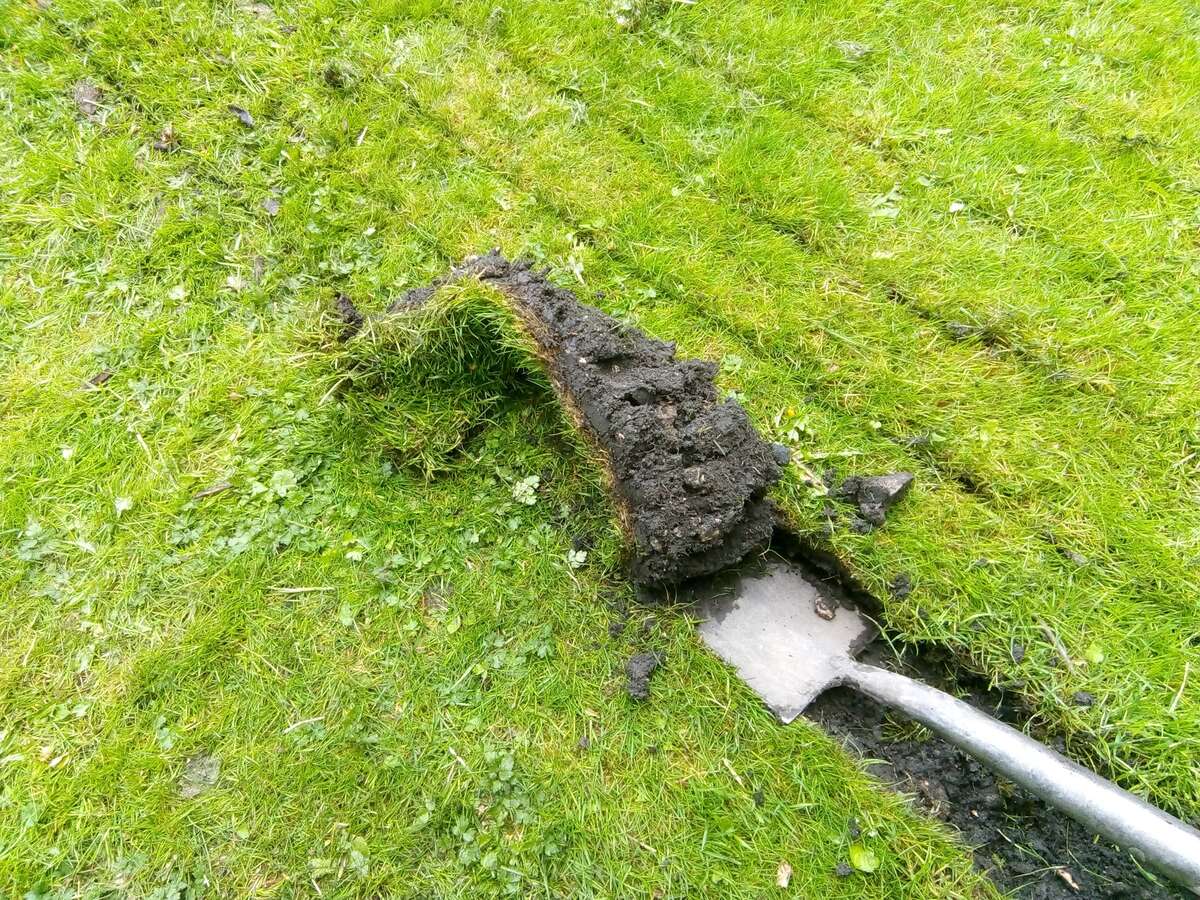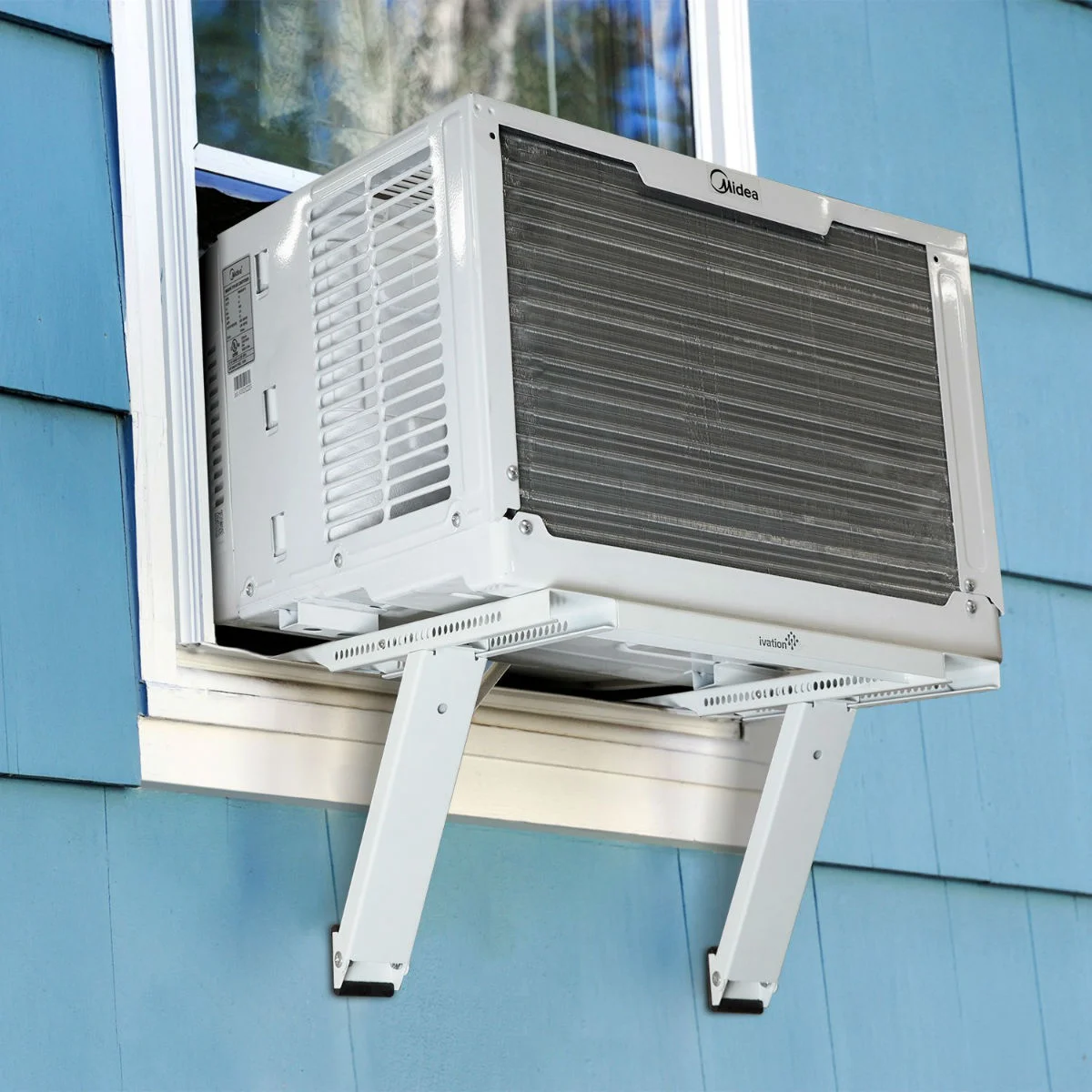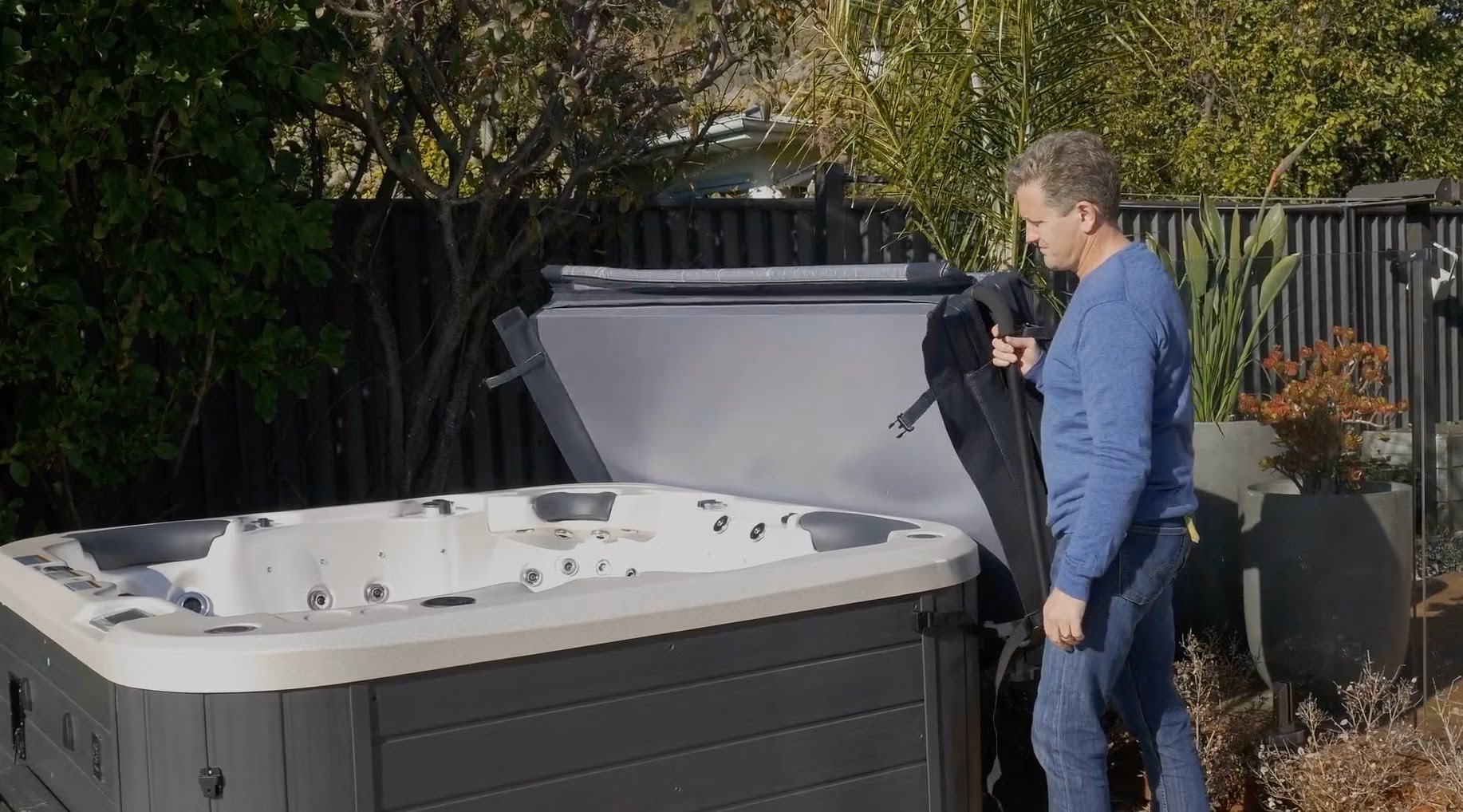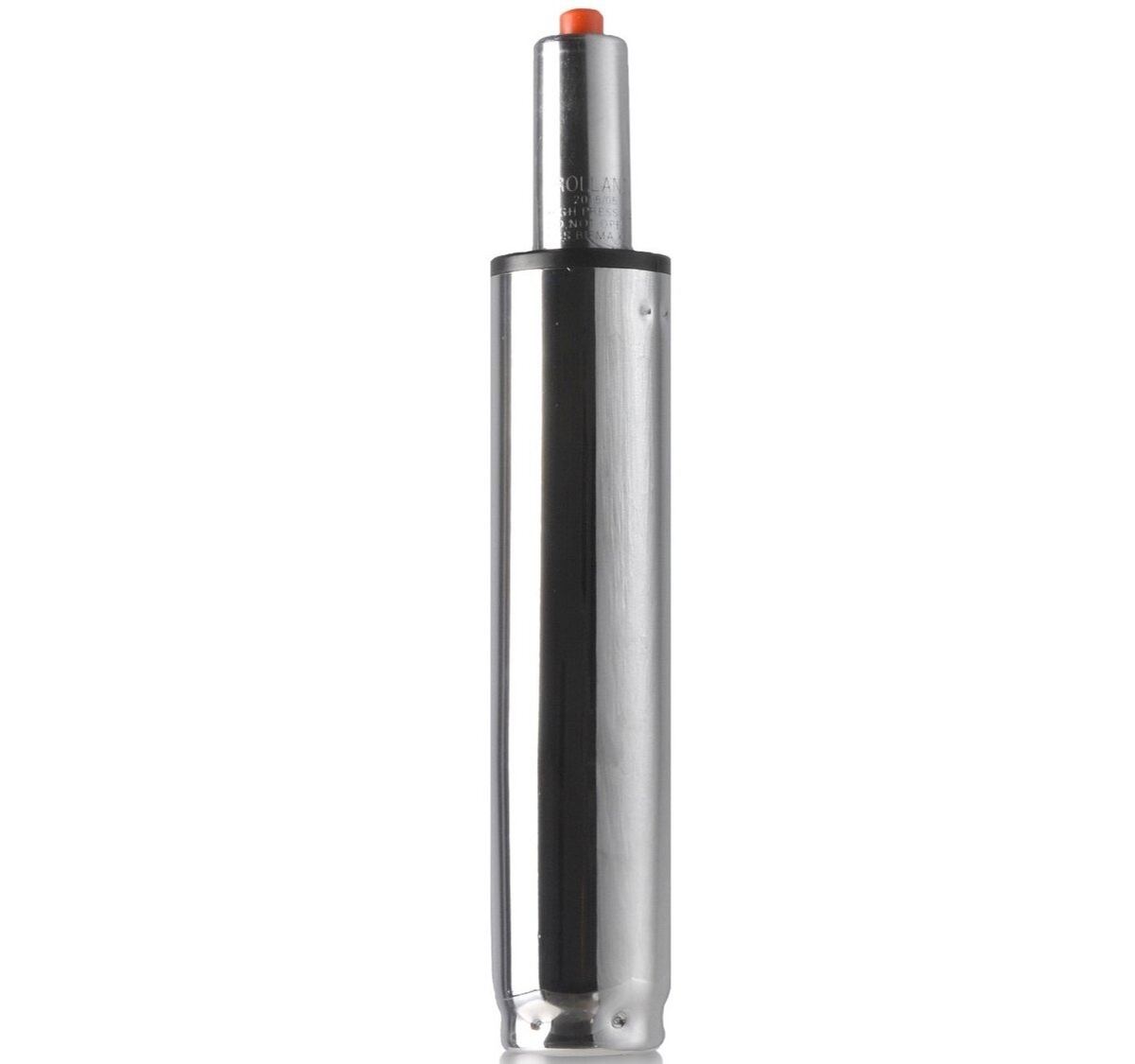Home>Gardening & Outdoor>Landscaping Ideas>How To Lift Grass


Landscaping Ideas
How To Lift Grass
Published: January 25, 2024
Learn effective landscaping ideas with our step-by-step guide on how to lift grass. Transform your outdoor space with our expert tips and techniques. Discover the best practices for a beautiful lawn today!
(Many of the links in this article redirect to a specific reviewed product. Your purchase of these products through affiliate links helps to generate commission for Storables.com, at no extra cost. Learn more)
Introduction
Lifting grass is a crucial aspect of landscaping and gardening, often undertaken to make way for new landscaping projects or to relocate existing grass to a different area. Whether you are planning to create a new garden bed, install a pathway, or simply rearrange the layout of your yard, knowing how to lift grass properly is essential for a successful landscaping endeavor.
In this comprehensive guide, we will explore the step-by-step process of lifting grass, from assessing the grass and choosing the right tools to lifting the grass and deciding whether to replant it or dispose of it. By understanding the intricacies of this process, you can ensure that the grass is lifted efficiently and with minimal damage, allowing for a seamless transition to your landscaping project.
Lifting grass involves more than just physically removing the turf; it requires careful consideration of the grass's health, the tools needed for the task, and the post-lifting steps to preserve the grass or dispose of it responsibly. Whether you are a seasoned gardener or a novice enthusiast, this guide will equip you with the knowledge and techniques to lift grass effectively, setting the stage for a successful landscaping venture.
Now, let's delve into the detailed steps of assessing the grass, selecting the right tools, lifting the grass, and making informed decisions about its future, ensuring that you are well-prepared to embark on your grass-lifting journey.
Key Takeaways:
- Lifting grass involves assessing its health, choosing the right tools, and lifting it carefully. Whether replanting or disposing, it’s a crucial step for successful landscaping projects.
- Before lifting grass, check its health, use the right tools, and lift it gently. Decide whether to replant or dispose of it responsibly, ensuring a seamless landscaping process.
Read more: How To Lift A Bathtub
Step 1: Assessing the Grass
Before embarking on the process of lifting grass, it is crucial to assess the health, density, and overall condition of the turf. This initial step sets the foundation for a successful grass-lifting endeavor and allows you to make informed decisions regarding the tools and techniques required for the task.
Understanding the Grass
Begin by closely observing the grass to determine its variety and growth patterns. Different grass species may have varying root structures and growth habits, influencing the approach to lifting them. Additionally, assess the overall health of the grass, looking for signs of disease, pest infestation, or stress. Healthy, vigorously growing grass is more likely to survive the lifting process and thrive in its new location.
Soil Moisture and Conditions
Assess the moisture content and soil conditions where the grass is situated. Soil that is excessively dry or waterlogged can impact the ease of lifting the grass and the viability of the turf after relocation. Optimal soil moisture facilitates the lifting process and supports the grass's ability to recover post-transplanting.
Root Depth and Density
Carefully probe the soil to gauge the depth and density of the grass roots. Understanding the root structure is essential for determining the depth at which the grass should be lifted and the level of care required to preserve the roots during the process. Dense, well-established root systems may necessitate more intricate lifting techniques to minimize damage and promote successful transplantation.
Read more: How To Lift Washer On Pedestal
Grass Health and Viability
Evaluate the overall viability of the grass for transplantation. If the grass exhibits signs of stress, such as browning, thinning, or extensive thatch buildup, consider whether lifting and relocating it is the most practical option. In some cases, rejuvenating the existing turf or opting for new sod may be more advantageous for achieving the desired landscaping outcome.
By thoroughly assessing the grass and its surrounding environment, you can gain valuable insights into the intricacies of the lifting process. This knowledge forms the basis for selecting the appropriate tools and techniques, ensuring that the grass is lifted with care and precision, setting the stage for a successful landscaping project.
Step 2: Choosing the Right Tools
Selecting the appropriate tools is a pivotal aspect of preparing for the grass-lifting process. The right tools not only facilitate the efficient removal of the turf but also contribute to minimizing damage to the grass and its root system. By carefully choosing the tools based on the specific characteristics of the grass and soil, you can ensure a smooth and successful lifting operation.
Tools for Grass Assessment
Before the actual lifting process, it is essential to have the right tools for assessing the grass and its surrounding environment. A soil probe or a simple garden trowel can be invaluable for examining the depth and density of the grass roots. Additionally, a moisture meter or simply your hands to assess soil moisture can aid in determining the optimal timing for lifting the grass.
Cutting Tools
Depending on the size of the area to be lifted, cutting tools such as a sharp spade, turf cutter, or even a sod cutter may be necessary to delineate the sections of grass to be lifted. These tools enable precise cutting along the perimeter of the designated area, facilitating a clean and uniform removal of the turf.
Read more: How To Lift The Stove Top
Lifting Equipment
When it comes to physically lifting the grass, a variety of tools can be employed based on the size and depth of the turf. For smaller areas, a sharp shovel or a spade with a serrated edge can be used to carefully lift the grass and underlying soil. In the case of larger sections or more established grass, a turf lifter or a sod lifter provides the leverage and cutting action needed to lift the turf with minimal disturbance to the roots.
Additional Tools and Supplies
Supplementary tools and supplies such as a wheelbarrow, garden hose for watering, and a tarp or plastic sheet for transporting the lifted grass can streamline the lifting process and ensure the safe handling of the turf post-removal. Furthermore, having a rake and a broom on hand for tidying up the area after lifting the grass contributes to a well-organized and efficient workflow.
By carefully selecting the appropriate tools for grass assessment, cutting, lifting, and post-lifting activities, you can set the stage for a successful grass-lifting endeavor. The right tools not only simplify the process but also contribute to preserving the health and viability of the grass, laying the groundwork for a seamless transition to the subsequent steps of your landscaping project.
Step 3: Lifting the Grass
Lifting the grass is a pivotal phase that demands precision and care to ensure the successful removal of the turf while preserving its root system and overall viability. This step involves the physical extraction of the grass from its original location, necessitating a methodical approach to minimize damage and facilitate a smooth transition to its new setting.
Preparing the Grass for Lifting
Before initiating the lifting process, it is essential to water the designated area thoroughly. Adequate moisture softens the soil, easing the extraction of the grass and reducing the risk of root damage. Additionally, moist soil adheres to the roots, enhancing their protection during the lifting process. If the soil is excessively dry, consider watering the area a day or two before lifting the grass to optimize soil moisture.
Read more: How To Build An Attic Lift
Cutting and Lifting Techniques
Using the previously selected cutting tools, carefully delineate the sections of grass to be lifted, ensuring clean and straight edges along the perimeter. This step is crucial for maintaining the integrity of the turf and facilitating a uniform lifting process. Once the grass is delineated, employ the chosen lifting equipment to gently pry and lift the turf, working methodically from one end to the other. Applying even pressure and avoiding abrupt movements minimizes the risk of root damage and ensures the cohesive removal of the grass.
Handling and Transporting the Lifted Grass
As the grass is lifted, place it onto a tarp or plastic sheet to facilitate its transportation to the new location. Handle the lifted turf with care, avoiding unnecessary bending or folding, which can cause stress to the grass and its roots. If the lifted grass is to be replanted, ensure that it is promptly transferred to the prepared site to minimize the duration of exposure to air and sunlight.
Post-Lifting Care
After the grass has been lifted, promptly water the exposed roots to alleviate any stress caused by the lifting process. If the grass is not immediately replanted, ensure that it is kept in a shaded and moist environment to maintain its viability. Minimizing the duration between lifting and replanting is crucial for the successful transplantation of the grass, promoting its swift acclimatization to the new location.
By meticulously executing the lifting process and adhering to careful handling and post-lifting care, you can ensure that the grass is lifted with minimal disturbance to its root system, setting the stage for a seamless transition to the subsequent steps of your landscaping project.
Step 4: Replanting or Disposing of the Grass
After the grass has been successfully lifted, the next crucial decision revolves around determining whether to replant it in a new location or responsibly dispose of it. This step requires careful consideration of the grass's health, the availability of suitable replanting areas, and the overall landscaping objectives. By evaluating these factors, you can make an informed choice that aligns with your landscaping goals and promotes the sustainable management of the lifted turf.
Read more: How Much Is A Lift Recliner
Replanting the Grass
If the intention is to relocate the lifted grass to a new area within the same property or to a different site, meticulous planning and execution are essential to ensure its successful establishment. The following steps outline the process of replanting the lifted grass:
-
Preparation of the Replanting Site: Clear the designated area of any debris, weeds, or rocks, and ensure that the soil is adequately prepared to receive the transplanted grass. Loosening the soil and incorporating organic matter can enhance its fertility and promote favorable conditions for the grass's re-establishment.
-
Replanting Technique: Carefully position the lifted grass onto the prepared site, ensuring that it aligns seamlessly with the surrounding turf. Gently press the turf into the soil to establish firm contact between the roots and the underlying substrate. Water the replanted grass thoroughly to facilitate its acclimatization and promote root establishment.
-
Post-Replanting Care: Following the replanting process, consistent watering and monitoring are essential to support the grass's recovery and integration into its new environment. Adequate moisture and minimal disturbance enable the transplanted turf to thrive and contribute to the overall landscape.
Disposal of the Grass
In instances where replanting the lifted grass is not feasible or aligns with the landscaping vision, responsible disposal methods should be employed to manage the removed turf effectively. The following approaches can be considered for the environmentally conscious disposal of the lifted grass:
-
Composting: If the lifted grass is free from pesticides and herbicides, it can be composted to contribute to the creation of nutrient-rich organic matter. Incorporating the grass into a composting system facilitates its decomposition and eventual utilization as a beneficial soil amendment.
-
Green Waste Recycling: Many municipalities offer green waste recycling programs that accept organic materials, including grass clippings and sod. Utilizing these programs ensures that the lifted grass is diverted from landfills and instead processed for environmentally sustainable purposes.
-
Local Biomass Facilities: Some regions have biomass facilities that accept organic materials for energy generation or compost production. Contacting these facilities to inquire about the acceptance of lifted grass can contribute to its responsible disposal while supporting renewable energy initiatives.
By carefully evaluating the options for replanting or disposing of the lifted grass, you can align the decision with sustainable landscaping practices and the overarching vision for your outdoor space. Whether the lifted grass finds a new home in a different area or is repurposed through eco-friendly disposal methods, this step marks the culmination of the grass-lifting process, paving the way for the realization of your landscaping aspirations.
Conclusion
In conclusion, the process of lifting grass is a multifaceted endeavor that demands careful assessment, strategic tool selection, meticulous execution, and thoughtful decision-making regarding the future of the lifted turf. By embarking on this journey, you have gained valuable insights into the intricacies of lifting grass, equipping yourself with the knowledge and techniques to undertake this task with confidence and precision.
Throughout this comprehensive guide, we have delved into the essential steps of assessing the grass, choosing the right tools, lifting the grass, and making informed decisions about its future. Each phase of the process plays a pivotal role in ensuring the successful removal and potential relocation or responsible disposal of the grass, contributing to the seamless realization of your landscaping aspirations.
The initial step of assessing the grass provided a foundational understanding of the turf's health, root structure, and overall viability for transplantation. This critical evaluation set the stage for informed decision-making and guided the subsequent actions, ensuring that the lifting process was approached with a thorough understanding of the grass's unique characteristics.
Selecting the right tools emerged as a crucial aspect of preparing for the grass-lifting endeavor. By carefully choosing tools for grass assessment, cutting, lifting, and post-lifting activities, you set the stage for a streamlined and efficient operation, minimizing the risk of damage to the grass and its root system.
The meticulous execution of lifting the grass involved precision, care, and attention to detail. By adhering to proper cutting techniques, handling the lifted turf with care, and providing post-lifting care, you ensured that the grass was extracted with minimal disturbance to its roots, setting the stage for a successful transition to its new setting.
The final decision regarding the future of the lifted grass, whether through replanting or responsible disposal, reflects a commitment to sustainable landscaping practices and the realization of your outdoor vision. By evaluating the options and aligning the decision with your landscaping goals, you have demonstrated a conscientious approach to managing the lifted turf effectively.
As you embark on your grass-lifting journey, may the knowledge and insights gained from this guide empower you to approach the task with confidence, precision, and a deep appreciation for the intricacies of landscaping and gardening. Whether you are creating new garden beds, reimagining your outdoor space, or simply seeking to enhance the beauty of your surroundings, the process of lifting grass serves as a foundational step toward realizing your landscaping aspirations.
Frequently Asked Questions about How To Lift Grass
Was this page helpful?
At Storables.com, we guarantee accurate and reliable information. Our content, validated by Expert Board Contributors, is crafted following stringent Editorial Policies. We're committed to providing you with well-researched, expert-backed insights for all your informational needs.












0 thoughts on “How To Lift Grass”